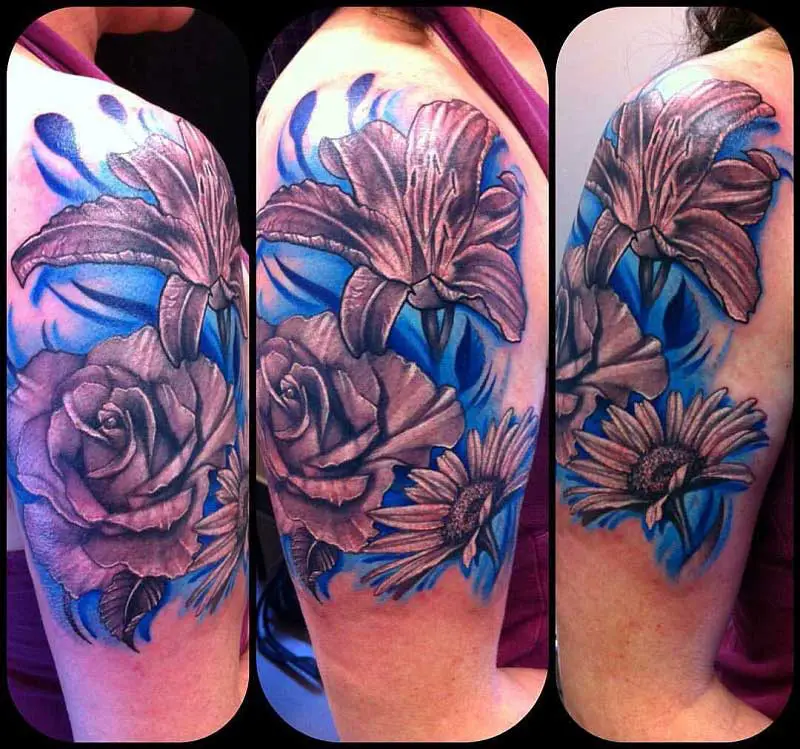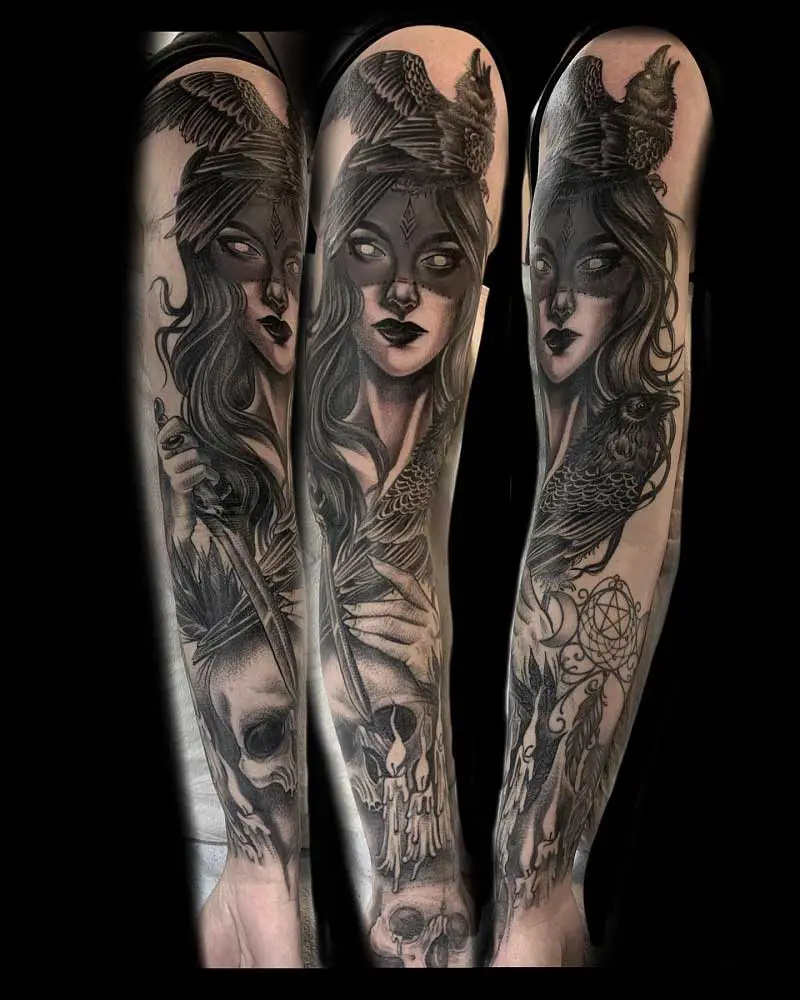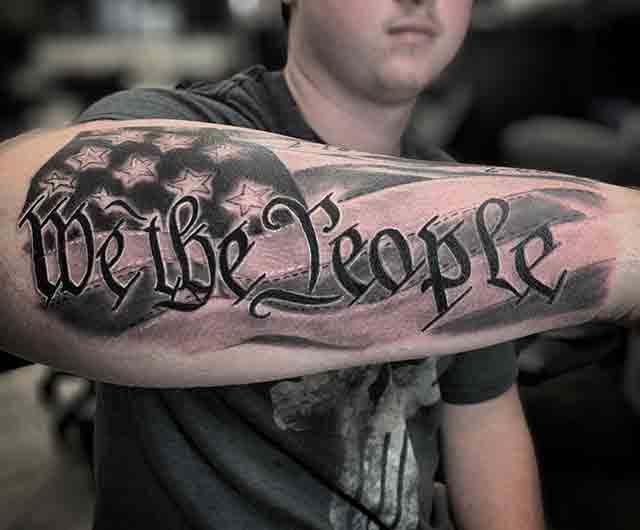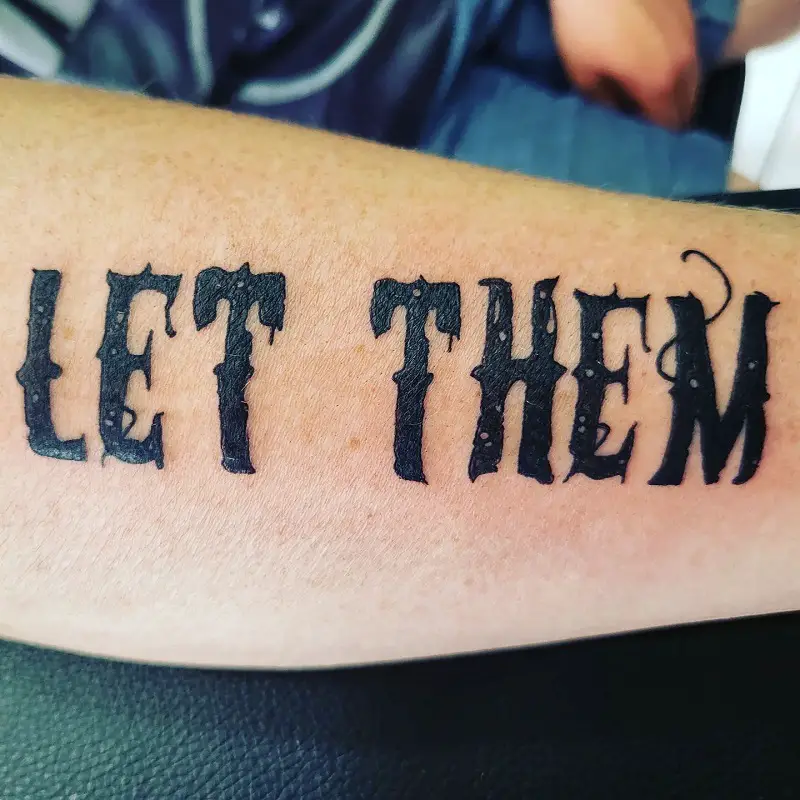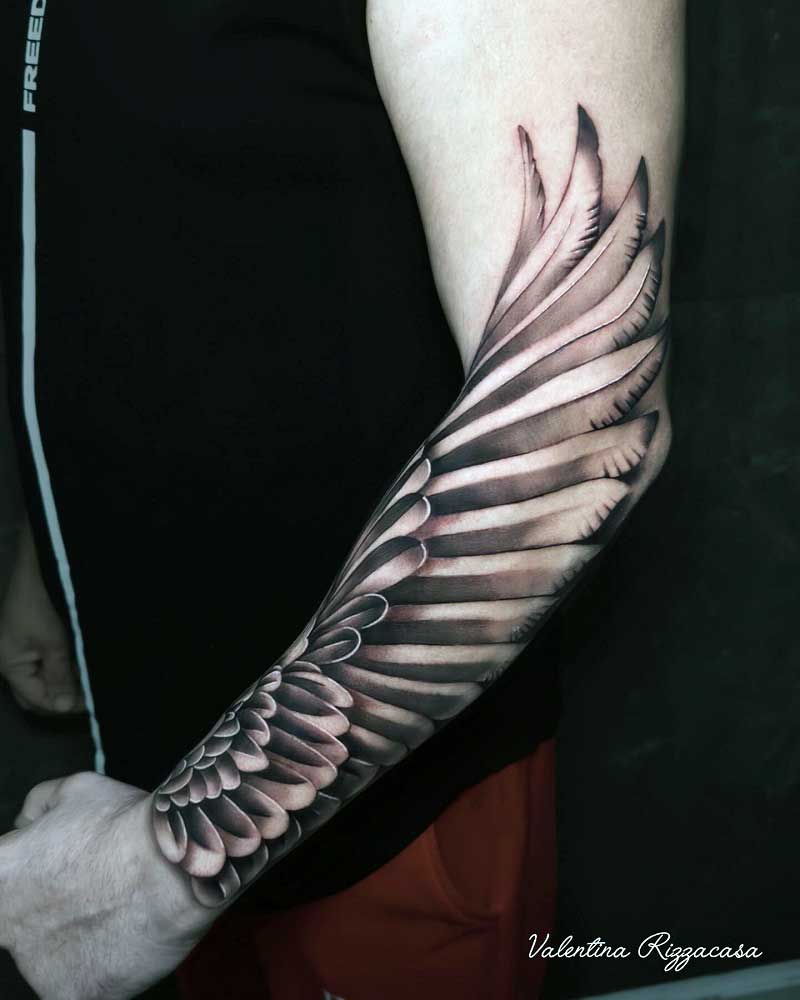How to design your own tattoo starts with a spark of personal meaning. I’ve been chasing that thrill for over a decade, from my first sketch on a napkin to full sleeves that tell my story. As a tattoo enthusiast running my blog on tattoosdesignidea.com, I love sharing what I’ve learned through trial and error.
Tattoos aren’t just ink. They mark milestones, memories, or moods. Let’s dive into creating one that’s truly yours.
Finding Inspiration for Your Tattoo
Inspiration hits from everywhere. I pull from my travels, old family photos, or even street art I spot on walks. Nature often sparks ideas, like the curve of a wave or the pattern in a leaf.
Books and myths add depth. Think ancient symbols or quotes from favorite novels. I’ve designed pieces based on Norse runes that remind me of strength.
Online platforms help too. Pinterest boards collect visuals fast. Just avoid copying—twist them into something unique.
Museums and galleries fuel creativity. A painting’s color scheme once inspired my back piece. Mix elements to make it personal.
Tools You Need to Get Started
Start simple with paper and pencil. I use sketchbooks for rough ideas—they’re cheap and forgiving. Erasers fix mistakes quick.
Digital tools step it up. Procreate on an iPad lets me layer designs without mess. Photoshop works for detailed edits.
Tracing paper builds layers. Sketch basics first, then overlay details. Markers add bold lines for the final outline.
Reference photos are key. Free sites like Unsplash provide high-res images. Print them for tracing practice.
Color wheels guide palettes. Adobe Color app helps match shades to styles. Keep tools organized for smooth flow.
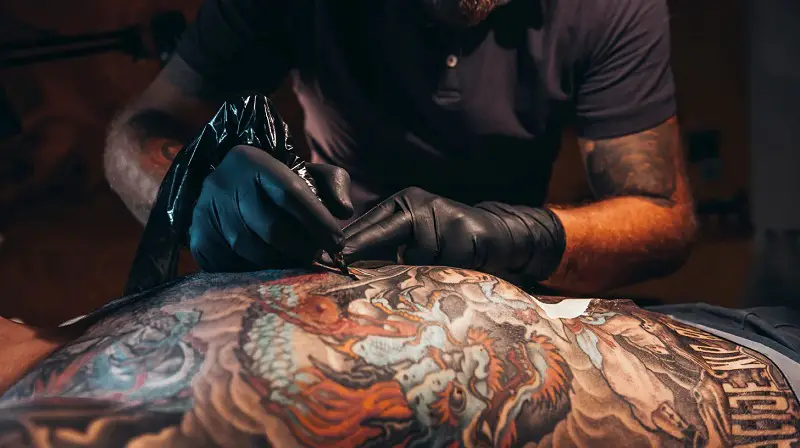
Step-by-Step Guide: Designing Your Tattoo
Brainstorm your concept first. Jot down what the tattoo means to you. I list words like “freedom” or “family” to focus.
Gather references next. Search for images that fit your theme. Combine a bird with a compass for adventure vibes.
Sketch basic shapes. Use light pencil strokes for outlines. Build from simple forms to complex details.
Refine with layers. Trace over sketches on new paper. Adjust proportions until it flows right.
Add color or shading. Test palettes on copies. I mock up on body photos to check placement.
Finalize the design. Clean lines with markers. Scan it for digital tweaks if needed.
Consult an artist last. They refine for skin. I’ve had pros adjust my sketches for better longevity.
Choosing the Right Style for Your Design
Styles set the tone. American Traditional uses bold lines and bright colors. I love its timeless punch.
Neo Traditional adds gradients. Softer edges suit flowing designs like animals. Experiment with muted tones.
Realism mimics photos. Great for portraits but needs skill. Black and grey keeps it subtle.
Geometric uses shapes. Mandalas offer symmetry. Mix with personal symbols for edge.
Script adds words. Pair with images for impact. Choose fonts that age well.
Tribal draws from cultures. Respect origins. I’ve incorporated Polynesian patterns with my twists.
Pick what resonates. Your style evolves. Start small to test.
Placement Matters: Where to Put Your Tattoo
Body spot affects design. Forearm tattoos for men show off bold pieces. Visible but easy to cover.
Back offers space. Large scenes fit here. I hid my first big design there.
Thigh provides padding. Less pain for details. Good for private tattoos.
Wrist suits small symbols. Quick to ink. Consider job visibility.
Ankle adds subtlety. Flow with curves. Heels wear ink faster.
Neck makes statements. Edgy but permanent. Think long-term.
Match size to area. Curved spots need flexible designs. Mock ups help visualize.
Common Pitfalls and How to Avoid Them
Rushing the idea hurts most. I once inked a trend that faded in meaning. Take time to reflect.
Ignoring scale is common. Tiny details blur over years. Keep lines spaced.
Copying others leads to regret. Redraw references always. Make it yours.
Forgetting aging ink spreads. Close lines merge. Bold designs last better.
Poor contrast fades fast. Darker skins need thicker outlines. Test on paper.
Skipping artist input risks flaws. They spot flow issues. Collaborate early.
Overcomplicating starts messy. Simplify first. Add details later.
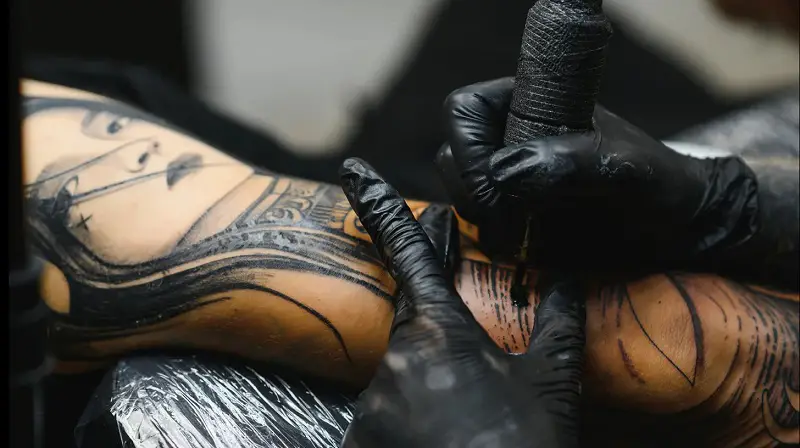
Understanding Tattoo Pain: A Chart and Tips
Pain varies by spot. I’ve felt the sting in bony areas. Use this chart to plan.
| Body Part | Pain Level (1-10) | Why It Hurts |
|---|---|---|
| Rib Cage | 9 | Thin skin over bones, many nerves. |
| Armpit | 9 | Sensitive nerves, constant movement. |
| Elbow/Kneecap | 9 | Bone proximity, little padding. |
| Ankle/Shin | 8.5 | Thin skin on bone, vibrations. |
| Hands/Feet | 8 | Nerve endings for sensation, no fat. |
| Chest/Sternum | 8 | Close to bones, breathing amplifies. |
| Inner Thigh/Groin | 8 | Soft but nerve-rich, friction. |
| Neck/Spine | 7.5 | Nerves and bones, awkward positioning. |
| Hips | 7.5 | Over bone if lean, muscle twitches. |
| Stomach | 6.5 | Varies with fat, but loose skin stings. |
| Inner Bicep | 6 | Thin skin, radial nerve. |
| Calves | 6 | Muscle but shin bone hurts more. |
| Forearm | 5 | Outer less, inner more due to nerves. |
| Upper Arm/Shoulder | 5 | Padding from muscle, fewer nerves. |
| Thigh (Outer) | 5 | Fat and muscle cushion well. |
| Back (Off Spine) | 4 | Thick skin, less sensitive. |
This chart pulls from my sessions and artist chats. Bony spots top the list. Padded areas ease up.
To minimize discomfort, eat well before. A meal with protein steadies blood sugar. I skip empty stomachs.
Hydrate days ahead. Dry skin hurts more. Drink water, avoid alcohol.
Sleep solid the night prior. Tired bodies feel pain sharper. Rest up.
Use numbing cream sparingly. Lidocaine helps for long sits. Wrap it on an hour before.
Breathe deep during. Inhale slow, exhale with the needle. It calms nerves.
Bring distractions. Music or podcasts shift focus. I chat with artists too.
Take breaks if needed. Stretch or snack. Pros understand.
After, follow care. Clean gently, moisturize. Healing right cuts soreness.
Bringing Your Design to Life: Working with an Artist
Share your sketch early. Email references. I send mood boards for clarity.
Discuss changes openly. They suggest tweaks for flow. Listen to experience.
Book consults. See portfolios. Match their style to yours.
Ask about ink types. Vegan or organic options exist. I prefer lasting pigments.
Prep your skin. Exfoliate lightly. Smooth canvas helps.
On the day, stay calm. Trust the process. I’ve walked out thrilled every time.

Personal Stories: My Tattoo Design Journeys
My first tattoo came from a dream. Sketched a wolf for resilience. Artist refined the fur details.
A sleeve started with symbols. Added over years. Each piece ties to life chapters.
Once, I mixed cherry blossom tree tattoo with waves. Symbolized change. Placement on calf worked perfect.
Regrets? One trendy flash. Faded meaning fast. Now I design all mine.
Friends’ stories inspire. One drew a fingerprint tattoo for family. Deeply personal.
Share yours in comments. We learn together.
Why Custom Designs Beat Flash Art
Flash is quick. But custom screams you. I’ve passed flash for originals every time.
They age unique. No duplicates at parties. Pride swells.
Process bonds you. Sketching builds attachment. Ink feels earned.
Costs more time. Worth it for forever art.
Flash suits starters. Test waters. Then graduate to custom.
Evolving Your Design Skills Over Time
Practice daily. Doodle in margins. I filled notebooks before inking.
Study pros. Watch tutorials. Break down their layers.
Join communities. Reddit threads share tips. Feedback sharpens.
Try new tools. Switch from paper to apps. Variety sparks ideas.
Track progress. Compare old sketches. Growth motivates.
Teach others. Blogging honed my skills. Share what works.
Integrating Meaning and Symbolism
Symbols add layers. Lotus tattoos mean growth through mud. Fits my path.
Research meanings. Avoid cultural mishaps. Respect sources.
Blend personal touches. Add dates or initials. Makes it intimate.
Quotes inspire. Short ones work best. Tattoo quotes for men pack punch.
Animals symbolize traits. Bear tattoos for strength. Choose wisely.
Flowers for beauty. Peony tattoos bloom eternal. Timeless.
Digital vs. Traditional Sketching: My Take
Traditional feels raw. Pencil on paper connects me. Mistakes build character.
Digital offers undos. Layers save time. I use both.
Apps like Procreate shine for color tests. No waste.
Paper travels easy. Sketch anywhere. Digital needs charge.
Hybrid works best. Sketch hand, refine digital.
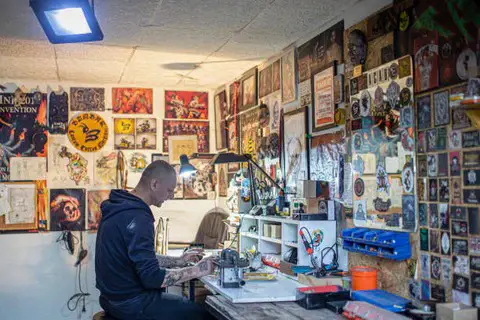
Preparing Mentally for Your Tattoo Session
Mindset matters. Visualize the end. Excitement overrides nerves.
Know the process. Watch videos. Demystifies the buzz.
Set intentions. Why this design? Remind yourself during.
Bring support. Friends distract. Or go solo for focus.
Post-session glow hits hard. Celebrate your art.
Aftercare: Keeping Your New Tattoo Vibrant
Clean twice daily. Gentle soap. Pat dry.
Moisturize thin. Ointment first week. Lotion after.
Avoid sun. Cover up. Fades ink fast.
No swimming. Pools breed bacteria. Wait two weeks.
Itch means healing. Don’t scratch. Slap lightly.
Watch for issues. Redness normal. Swelling? See doc.
Expanding Your Tattoo Collection Thoughtfully
One leads to more. Plan cohesion. Themes tie them.
Space designs. Allow healing. Rush crowds skin.
Vary sizes. Mix small with large. Balance body.
In memory tattoos honor lost ones. Place meaningfully.
Build a narrative. My arm tells a story arc.

Frequently Asked Questions
What if I’m not good at drawing?
No worries. Start with basic shapes. Use apps or hire help. Artists refine anyway.
How long does designing take?
Varies. Simple ones a day. Complex weeks. I spend a month on big pieces.
Can I use AI for designs?
Sure, for ideas. Tools like Canva spark. But customize to avoid generics.
What’s the best first tattoo?
Small and simple. Avoid first tattoo mistakes to avoid like trends. Go meaningful.
How do I choose colors?
Skin tone guides. Fair skins take pastels. Darker need bold. Test swatches.
Does placement affect fading?
Yes. Hands and feet fade quicker from use. Back lasts longer.
Can I change a design mid-process?
Absolutely. Flexibility key. Just communicate with your artist.
How much does a custom tattoo cost?
Depends on size and detail. Starts at $100. Big ones thousands. Shop around.
What if I regret it?
Rare with planning. Laser removal exists. But design with heart to avoid.
Are there age limits?
18 in most places. Wait till ready. Tattoos wait, regrets don’t.

